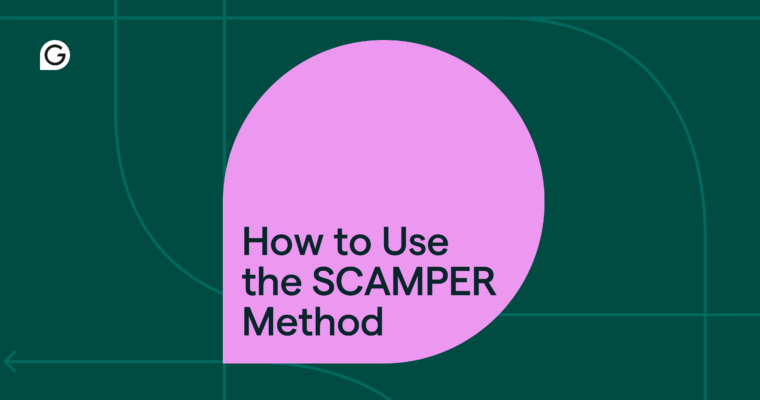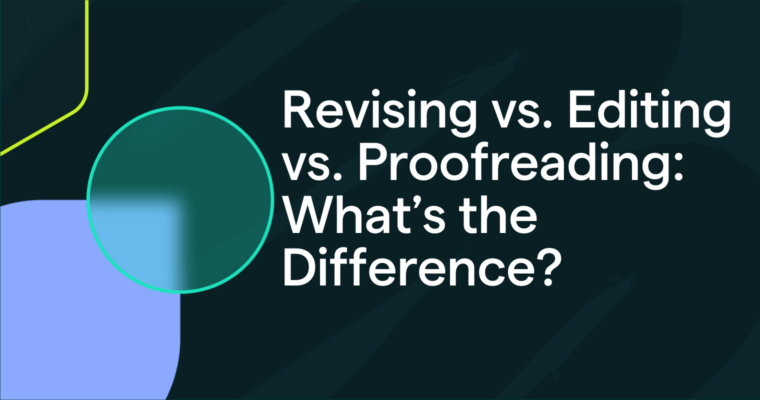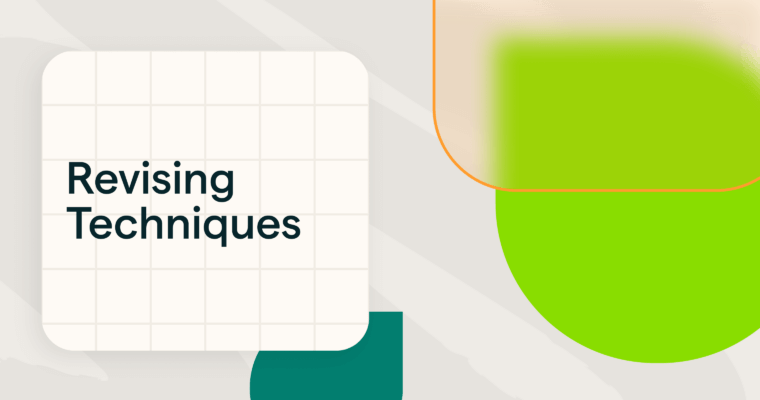
It’s painful to cut your own work. Writing is difficult and personal. We write down what we think is important. When we are confronted with the prospect of letting go of our beloved words, we can list many good reasons why they should stay. Sometimes you have to cut because of a word limit on an assignment or a test. Most of the time, however, a little tightening makes writing clearer and more concise. Here’s a guide to making the difficult task of cutting your writing a little easier.
Keep your (fresh) eyes on the prize
Whether it’s a quick coffee break or a weekend at the beach, a period of mental rest is important for gaining perspective on your work (and catching those typos). When you come back to your work, focus on what’s important: showcasing your main argument. If you are lucky enough to have a friend or a colleague who is willing to look over your paper, take her up on the offer. What did your reader think was the main point of the paper? Was anything unclear or confusing? Did anything feel unnecessary? When you edit, cut or rephrase anything that is unclear and reorganize the text in such a way that your main argument is front and center.
Chopping block candidate #1: text that doesn’t drive the main argument forward
As you edit, the question you should always be asking is: does this support and strengthen my main argument? A paragraph might be beautifully written and interesting yet irrelevant to your main point. Worse, introducing unrelated ideas—no matter how great they are—may take the reader’s attention away from your main argument. Having ten points that support your main argument is not necessarily better than having three. Your points should not only support the main argument but also form a coherent narrative. Cutting does not necessarily have to mean throwing away your work. It’s always useful to have a file that serves as a home for good ideas, examples, and anecdotes that did not make the cut this time around but could potentially be used in future papers.
Chopping block candidate #2: repetition
Whatever else you do in your introduction, you must state the main argument and provide a roadmap for the rest of the paper. In the conclusion, you must tie in all of the supporting arguments and bring the reader back to the main argument laid out at the beginning. The introduction and the conclusion of the paper will have some overlap—as they should. Elsewhere in the paper, however, overlap should be minimal. This is especially the case for descriptive passages covering factual information. For example, if you summarized a historical event in one part of the paper, subsequent mentions of the event should introduce new information and link it with new arguments instead of going over previously covered ground.
Chopping block candidate #3: text that misleads the reader
Although it may not be the intention of the author, readers will interpret the amount of space devoted to a certain point as representative of its importance. If you have two supporting arguments that are equally important, one shouldn’t take twice as much space as the other. Are you providing four examples to support one argument but just one to support the other? Will the reader still appreciate the argument with the four examples if only one is used? If so, cut the less essential examples.
Chopping block candidate #4: beloved phrases and clichés
We all have our favorite turns of phrase, but an effective reviewing process means that nothing is safe from the chopping block. Don’t get attached to any particular phrase—no matter how witty. Beware of assuming specialist knowledge that the reader might not have and consider the space needed to provide the necessary background information. If you can economize space by eliminating a pretty phrase that is not essential to your main point, or if you can replace jargon with common terms, do so. Clichés are easy cuts as they take up space without contributing anything to the meaning. Is the world ever not “complex” or “ever-changing”? If something is “needless to say” or “obvious,” then why waste valuable real estate pointing it out? If “history shows” something, then let your paper do the showing.
Chopping block candidate #5: optional quotes
Judicious use of quotes can help strengthen a paper. Quotes by individuals who transformed history can remind us of the power of their ideas. Vivid descriptions can transport us to another place or century. A quote from an expert can help lend support and legitimacy to the paper’s main argument. However, unnecessary quotes weigh a paper down, drowning the author’s voice. This is especially the case when it comes to statistics and other figures. Instead of quoting the results of a public opinion poll or development statistics from the United Nations, paraphrase as much as possible, using quotes only when necessary (to clarify categories, for example). One thing that you want to avoid at all costs is forcing the reader to jump from one quote to another with only small oases of your own writing in between. It’s your paper—other people’s quotes should support your own arguments and not overwhelm them.






